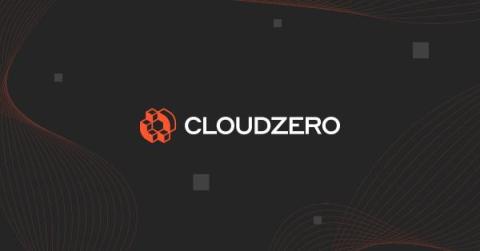Top 5 Cloud and Networking Announcements From Cisco Live 2024
By Chuck Day, Strategic Alliances Manager, Megaport Amidst the dazzle of Las Vegas, Cisco Live 2024 was a whirlwind of innovation, technology, and camaraderie. Held from June 2-6, this year’s event hosted over 20,000 in-person attendees and nearly one million online viewers, numbers anyone would call a massive success. I was proud to attend on behalf of Megaport as this event was particularly special for us – we got to engage with more people than ever before.










